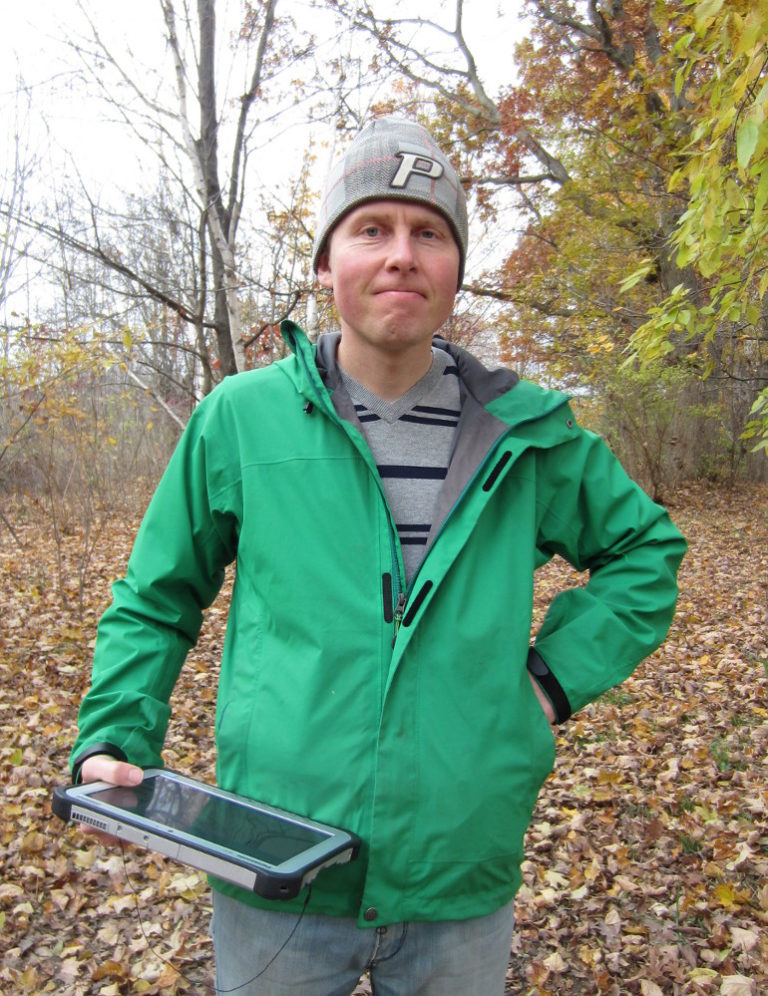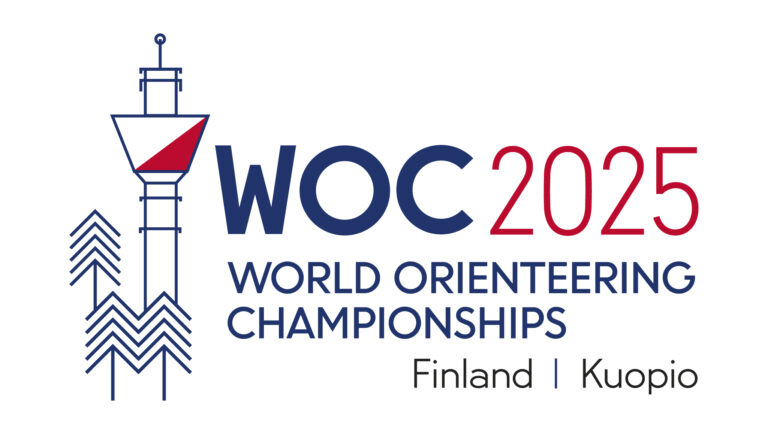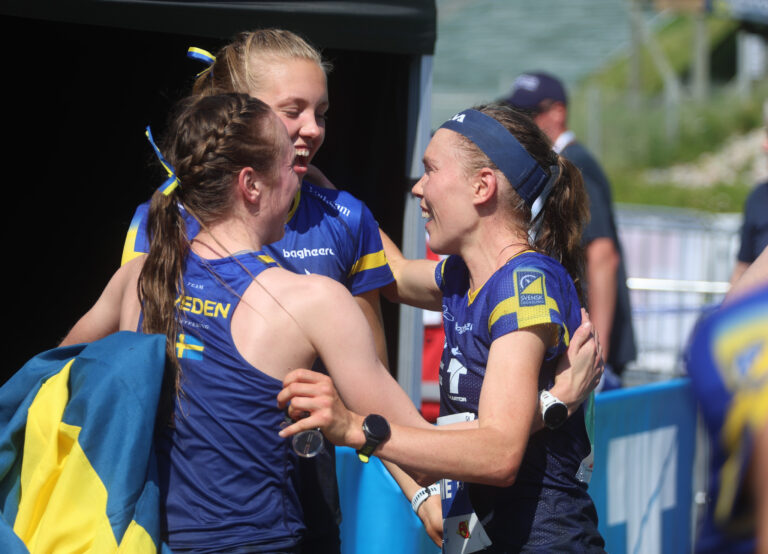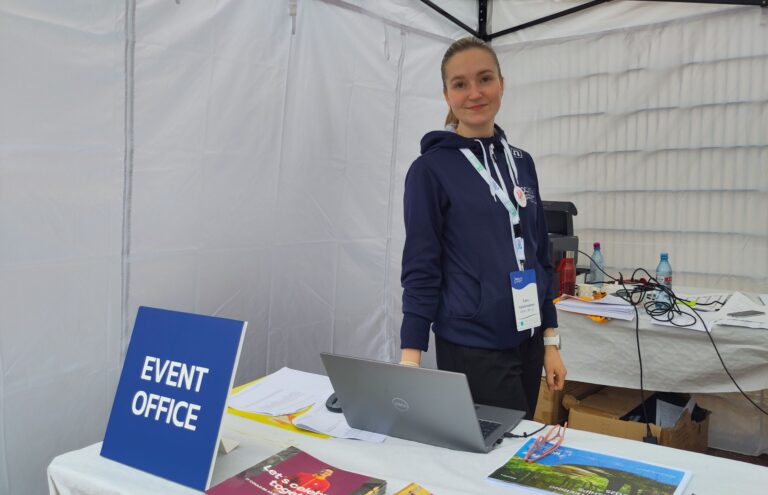What does it take… advise from Event Director Jari Kymäläinen
What does it take to be successful at the WOC in Kuopio and to fight for medals?
It might seem naive to say that a winner needs good navigation skills, the best physical condition of the year, and the ability to keep nerves under control. But what is particularly important with the Kuopio terrains is that the maps are literally ISOM (International Specification for Orienteering Maps) norm-compliant. This means that athletes need to adapt to maps that are different from traditional Finnish maps, as produced by our mappers Timo Joensuu and Janne Weckman. Some people refer to these maps as “Norwegian” maps, and that style certainly encourages, if not forces, athletes to run faster. At the same time, they must keep their senses alert to the features they observe while running. In some ways, it is a bit of simplified orienteering, but traditional skills, like measuring your running distance while attacking a control, can still be very valuable.
When getting lost, it will be much trickier to catch up, so mental control during orienteering tasks must remain totally uninterrupted. Do not let your thoughts drift, even for the shortest time. Losing control of the map and your own actions is not easily forgiven.
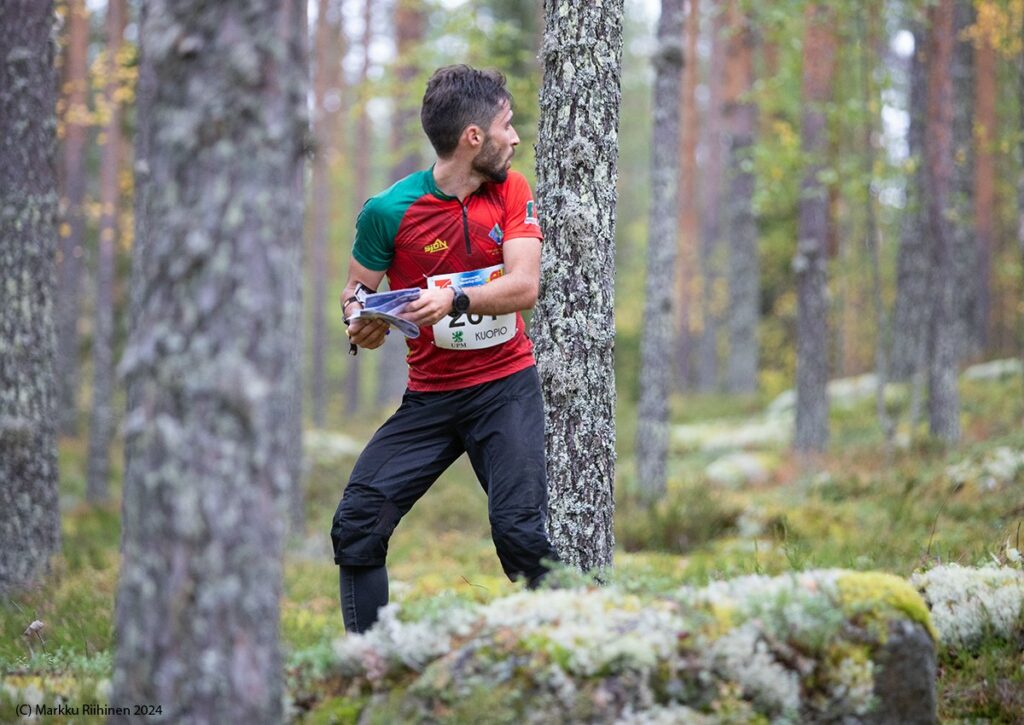


You advertise the “challenging and varied” terrains. What are the reasons for choosing the seemingly less typical Finnish terrains, and therefore maximally challenging urban forests on the outskirts of Kuopio for all finals?
Actually, we believe that terrains with vegetation are typical of Finnish, or North Savonian, forest landscapes. In a certain way, we could even call this classic Finnish terrain, where signs of forest work are non-existent despite the proximity to a large regional capital. The forests near Kuopio city have been partially protected and are certainly preserved for the daily recreational use of residents. As you can see on the old Neulamäki maps, the landforms really allow course setters to design courses worthy of WOC status. This ‘untouched,’ physically challenging terrain will provide a great experience for both athletes and viewers alike.
The relay terrain, on the other hand, is slightly easier to navigate, but the theme for a relay competition is always to provide an exciting event for fans and athletes, where they can cheer for their favorites and wrap up the WOC week in a festive orienteering atmosphere.
Image: Markku Riihinen




